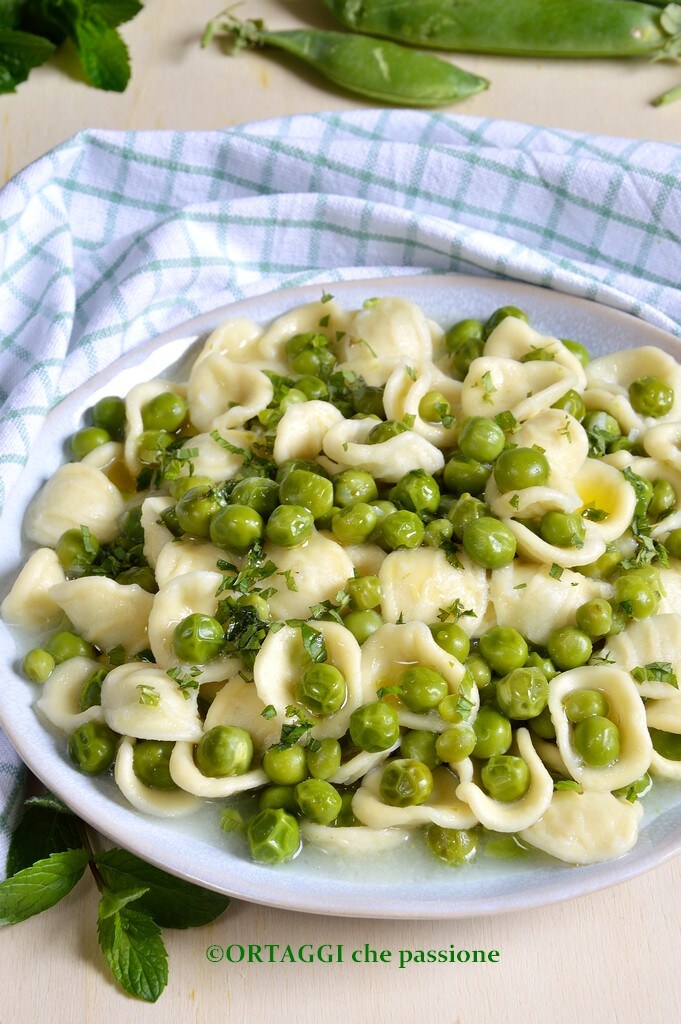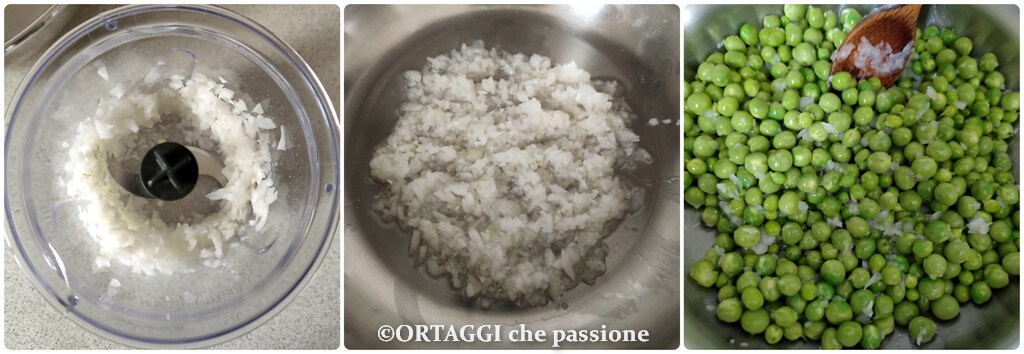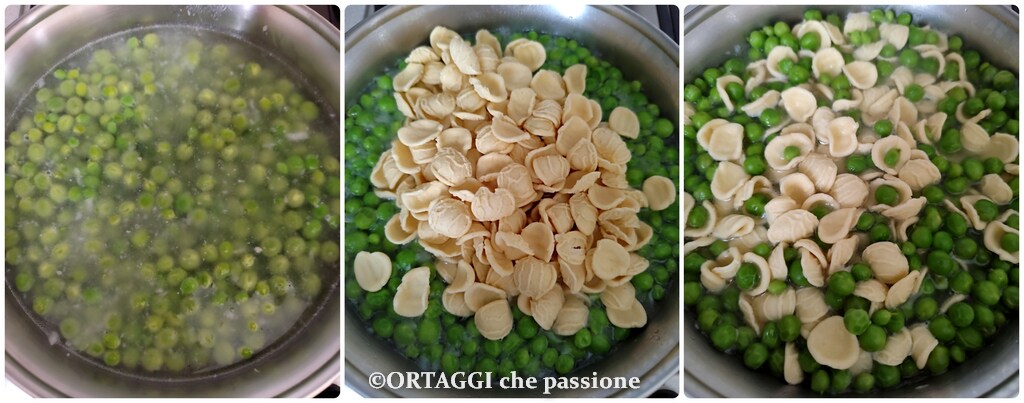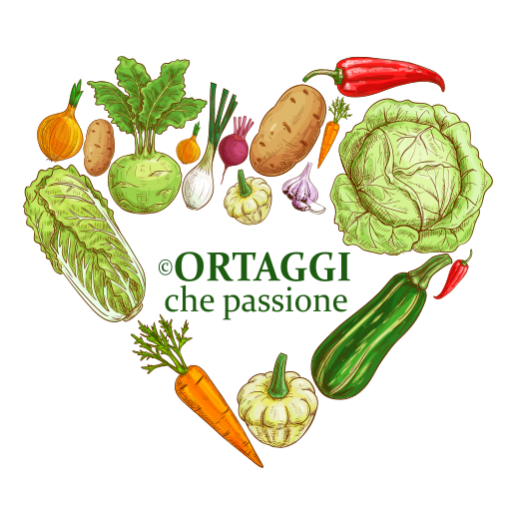Pasta and peas is a creamy first course, typically prepared in spring with fresh peas. The Pugliese version uses ditalini rigati, tubetti, mixed short pasta, or broken spaghetti, while Grandma Benedetta prefers orecchiette and sometimes adds tomato sauce to make it more robust. The Sicilian and Neapolitan versions are brothier.
Naturally, you can prepare it during the rest of the year with frozen peas, while it’s better to avoid canned ones as they are the least flavorful.
SEASON for #peas – their harvest period is spring, from April to June.
RECIPES with peas

- Difficulty: Easy
- Cost: Economical
- Preparation time: 15 Minutes
- Portions: 4People
- Cooking methods: Stove
- Cuisine: Italian
- Seasonality: Spring, All Seasons
- Energy 325.80 (Kcal)
- Carbohydrates 62.37 (g) of which sugars 8.14 (g)
- Proteins 14.34 (g)
- Fat 3.52 (g) of which saturated 0.57 (g)of which unsaturated 0.84 (g)
- Fibers 7.38 (g)
- Sodium 404.32 (mg)
Indicative values for a portion of 325 g processed in an automated way starting from the nutritional information available on the CREA* and FoodData Central** databases. It is not food and / or nutritional advice.
* CREATES Food and Nutrition Research Center: https://www.crea.gov.it/alimenti-e-nutrizione https://www.alimentinutrizione.it ** U.S. Department of Agriculture, Agricultural Research Service. FoodData Central, 2019. https://fdc.nal.usda.gov
Pasta and Peas
- 1 tablespoon extra virgin olive oil (or peanut oil)
- 1 white onion (about 75 g – adds creaminess)
- 1 kg peas (net weight about 400 g)
- 3 1/3 cups water (or prepare a broth with pea pods)
- as needed salt
- 250 g orecchiette (other dry pasta: ditali, mixed, broken spaghetti)
- as needed mint (or parsley)
How many calories are there in a plate of pasta and peas?
Tools
- Pan for risotto
- Ladle wooden
Pasta and Peas
First, shell the peas.
FOR AN EXTRA TOUCH: prepare a vegetable broth with the pea pods (only if organic or untreated).
Wash and finely chop the onion, I use an electric chopper.
Sauté the chopped onion with a drizzle of oil and a little water.
After 5 minutes, add the peas and let them absorb the flavor.

Then cover them with water (or the vegetable broth prepared with pea pods). Salt and cook.
When there are about 10 minutes left for the peas to finish cooking, add the dry orecchiette (or other short pasta). Cook everything as if it were risotto.
For a more brothy and characteristic result, do not let all the water evaporate.
At the end of cooking, based on your preferences, flavor with fresh mint or parsley. Alternatively, you can mix in some nutritional yeast (for vegans) or grated or creamy cheese (for vegetarians).

– potatoes
– tomato sauce
– artichokes
– chickpeas
– mushrooms
– vegetable cream
– grated cheese
– creamy cheeses
– ricotta
– shrimp
– salmon
– cuttlefish
– tuna
– bacon
– ham
– sausage
– speck
STORE pasta and peas
Pasta and peas are good freshly cooked.
Alternatively, store it in an airtight container in the refrigerator for up to 3 days. Then, before consumption, ensure it is properly reheated.
FAQ (Questions and Answers)
What are the benefits of pasta and peas?
Pasta and peas are an excellent mix of carbohydrates and plant-based proteins, providing energy and essential nutrients like fiber, vitamins, and minerals.
What can you eat with peas?
Peas pair well with a wide range of ingredients, such as pasta, rice, potatoes, chicken, fish, and even eggs. They can be used in soups, salads, risottos, stews, and main dishes.
What should not be paired with peas?
It’s best to avoid pairing peas with overly spicy foods or excessively intense seasonings that could overpower their delicate flavor. Also, avoid overcooking peas, which can make them too mushy.

